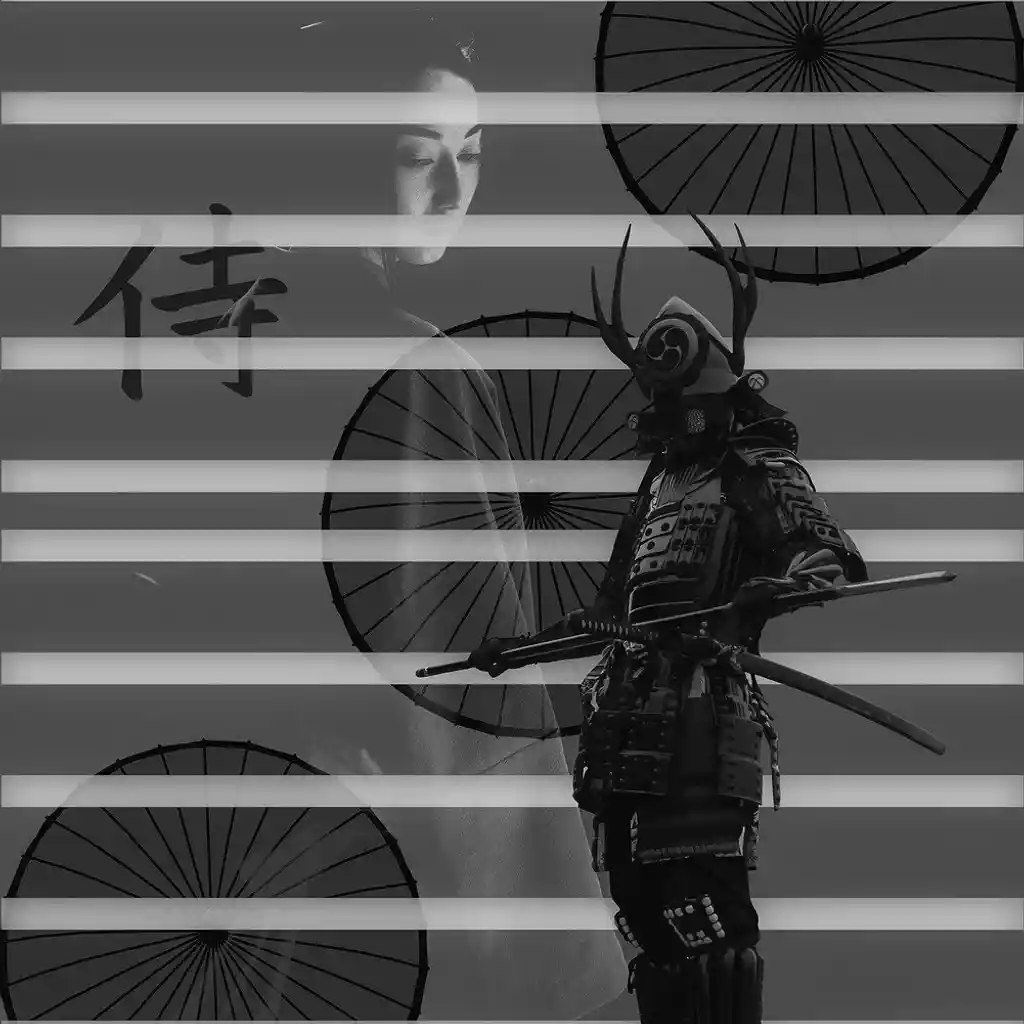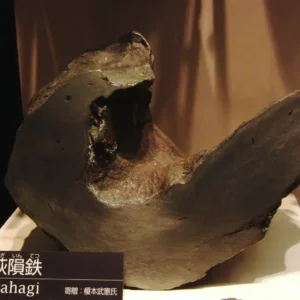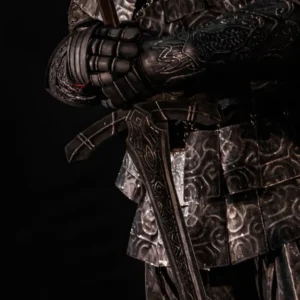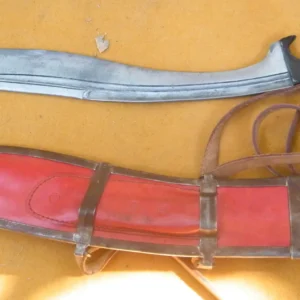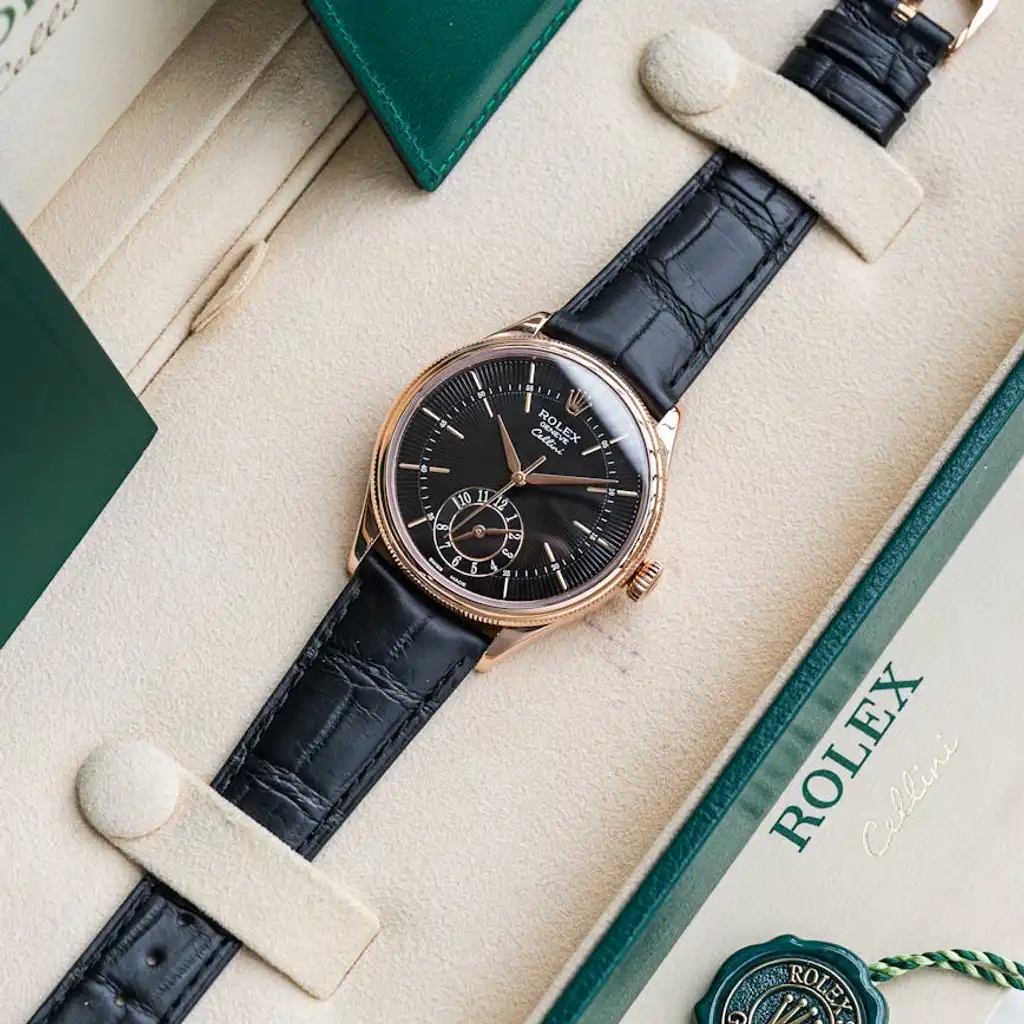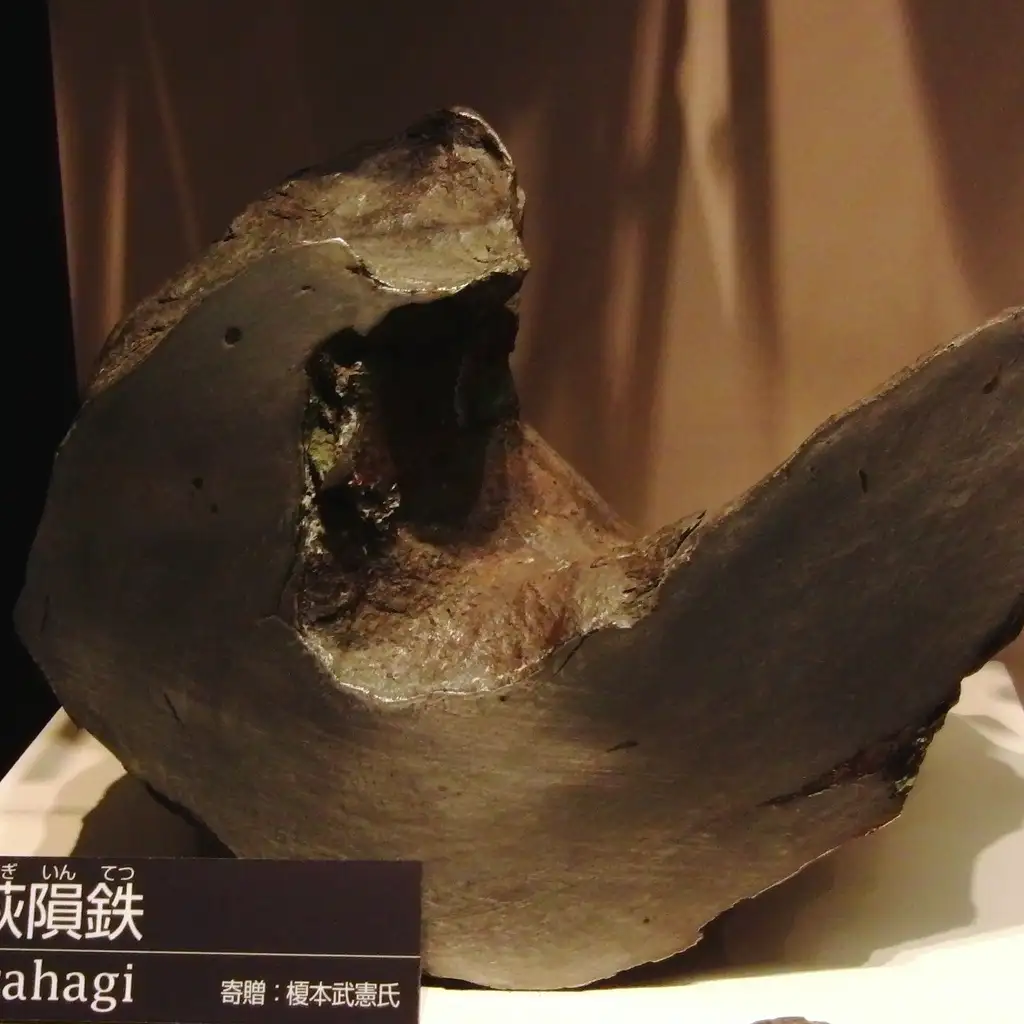Japanese samurai swords, known as “katana” or “nihonto”, are renowned for their craftsmanship, sharpness, and historical significance. An authentic katana possesses distinctive features that have remained consistent throughout Japan’s rich history. Here are five essential elements of Japanese samurai swords that enthusiasts and collectors should know:
1. Blade
The heart and soul of a Japanese samurai sword is its blade. Katana blades are celebrated for their extraordinary sharpness, resilience, and iconic curved shape. Traditional forging techniques create a blade with distinct features like kitae (the steel’s skin) and hamon (the temper-line) that showcase the swordsmith’s expertise. The katana’s blade is both a work of art and a symbol of the samurai’s prowess. In terms of value, it is the quality of the blade that determines its price.
2. Signature (Mei)
Authentic Japanese katana blades typically bear the signature, known as “mei,” of the swordsmith who forged them. These mei, found on the tang of the blade (nakago), provide valuable historical information about the sword’s school, maker, and sometimes its creation date. However, older swords have been typically shortened to be carried by the samurai of the Edo Period, and most of them have lost their signature. In this case, the blade is defined as “o-suraige” and “mumei”. On katana and tachi from the 13th-15th centuries, this is completely acceptable and does not lower their value.
3. Handle (Tsuka) and Accessories
The handle, or “tsuka,” of a katana is meticulously crafted to offer a comfortable and secure grip. Typically made from wood, it is wrapped with “tsuka-ito”, which can range from silk to leather. Two small ornaments called “menuki” not only enhance the sword’s aesthetics but also aid in maintaining a proper grip during combat. The “tsuba” is the handguard that separates the blade from the handle, serving both functional and decorative purposes. Tsuba designs vary widely, showcasing intricate patterns and motifs that reflect the swordsmith’s artistry and the owner’s preferences. The saya, a wooden scabbard, ensures both the blade’s protection and the wielder’s safety.
4. Certifications
Japanese sword certifications play a pivotal role in distinguishing the authenticity and rank of these esteemed blades. The National Sword Preservation Society, or Nihon Bijutsu Token Hozon Kyokai (NBTHK), stands as the foremost authority in issuing these certifications. Understanding the nuances of these certifications is essential for collectors and enthusiasts, ensuring the preservation and recognition of the legacy of Japanese sword craftsmanship.
5. Condition
The condition of a Japanese sword is crucial, impacting its aesthetic, functionality, and value. Flaws (kizu) in a blade can mar its beauty and ren
